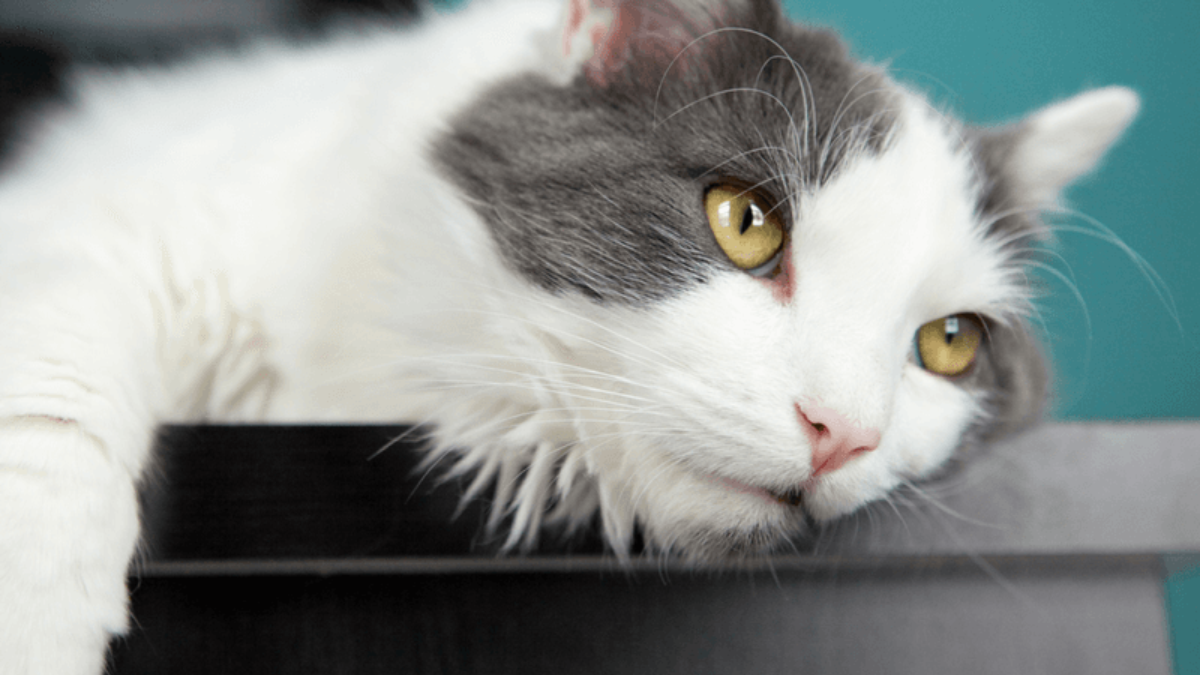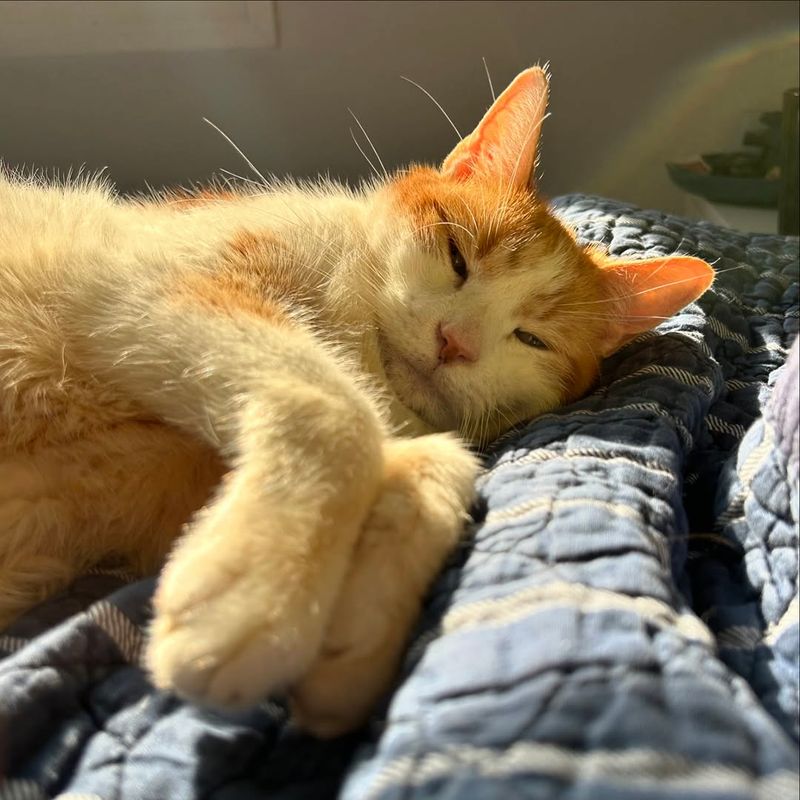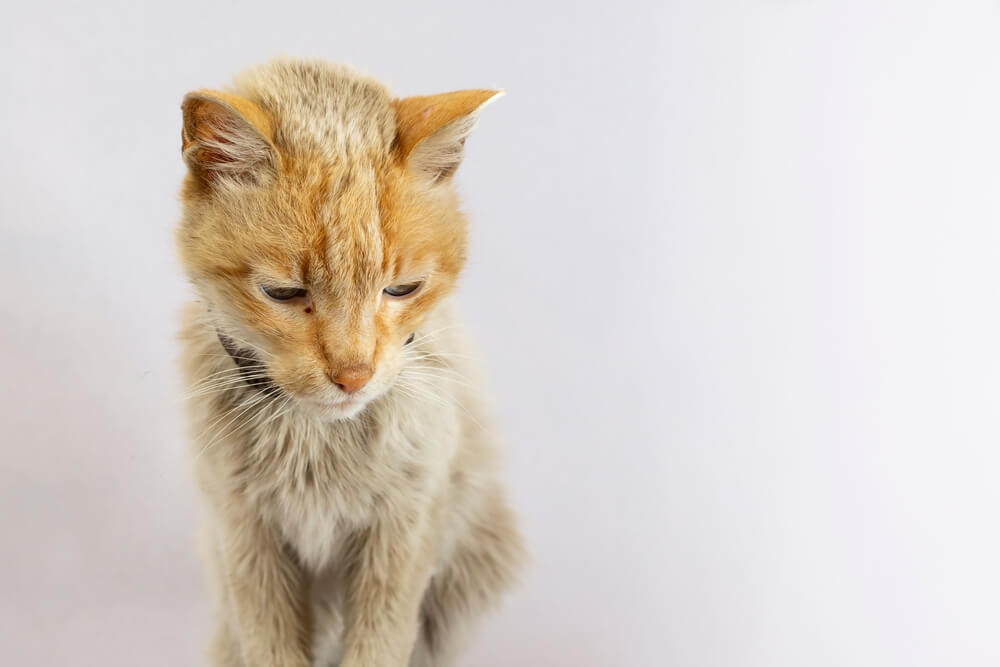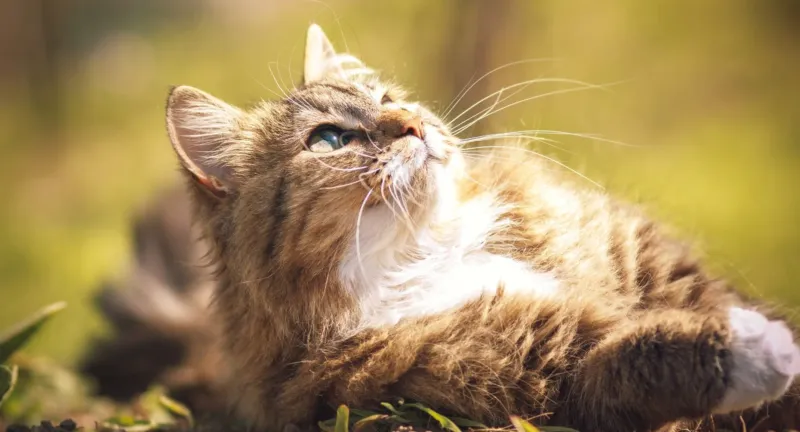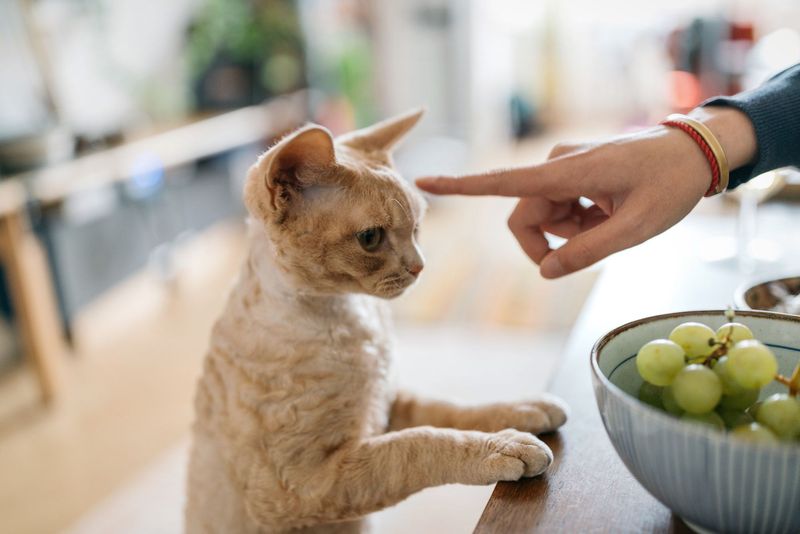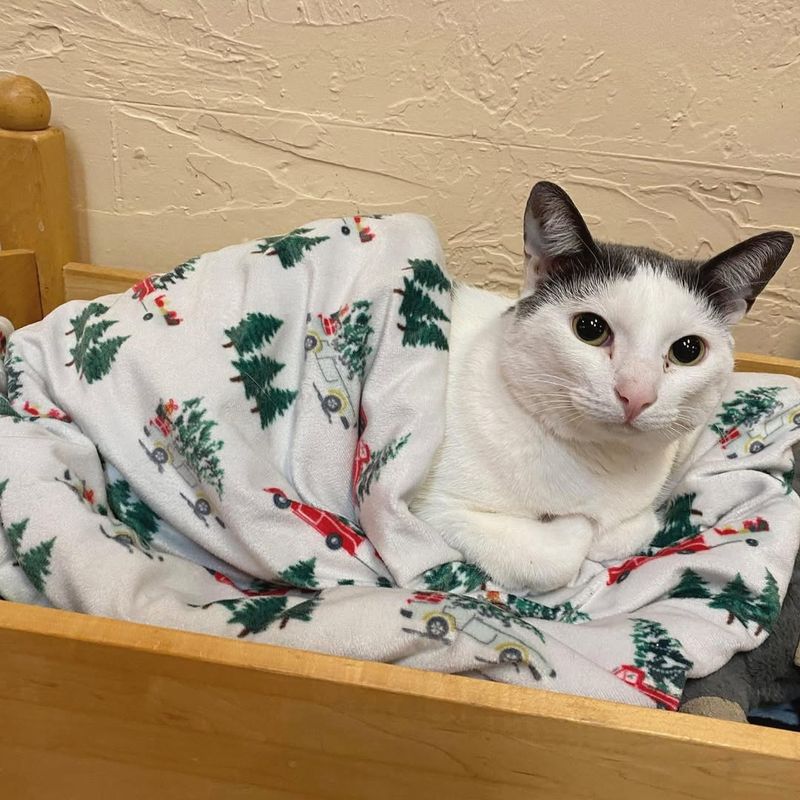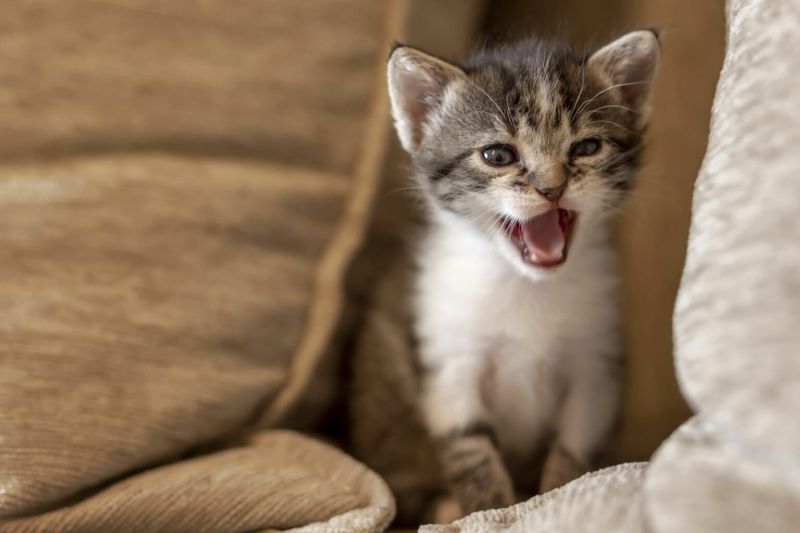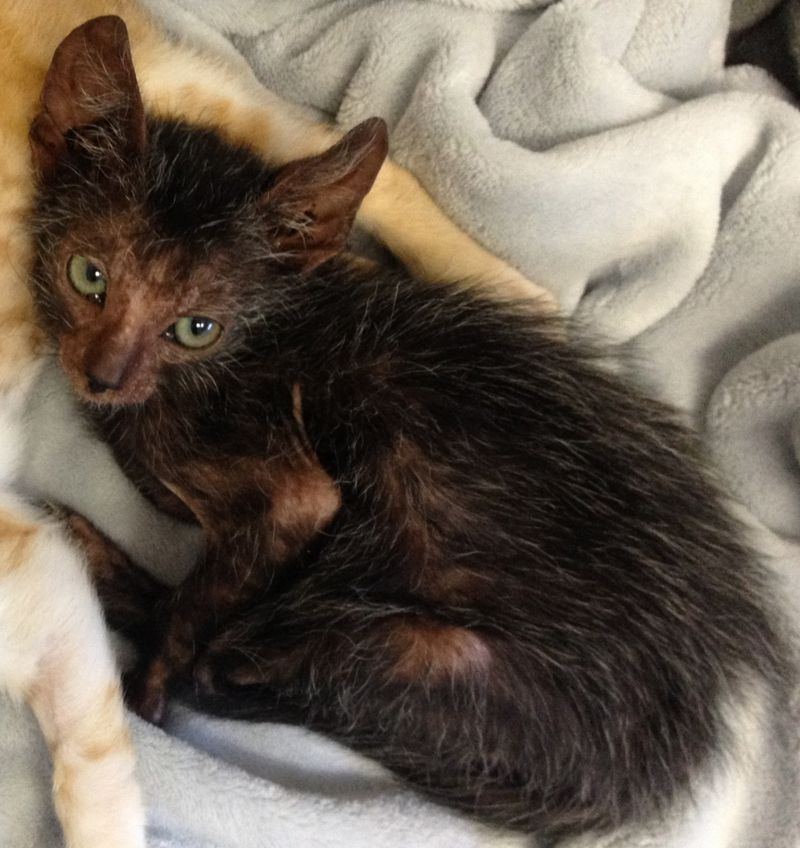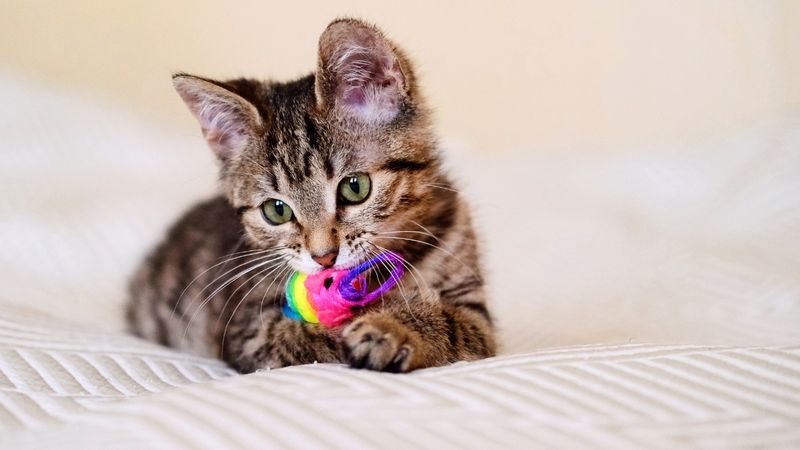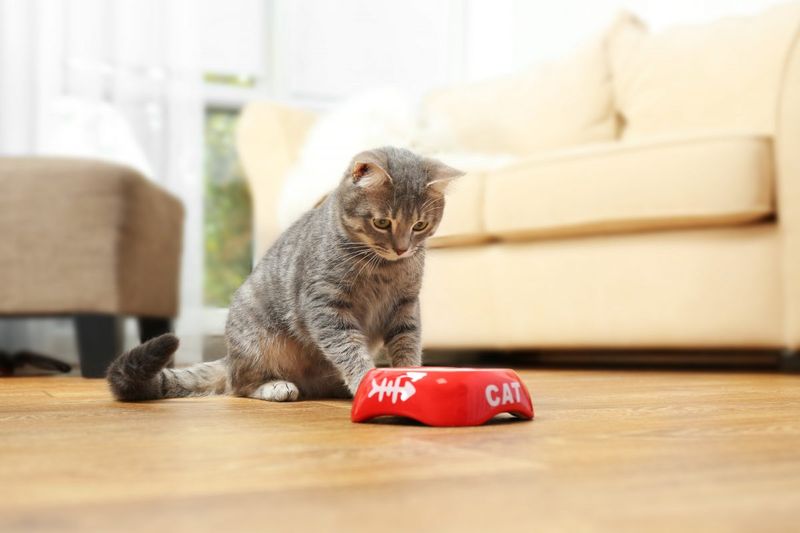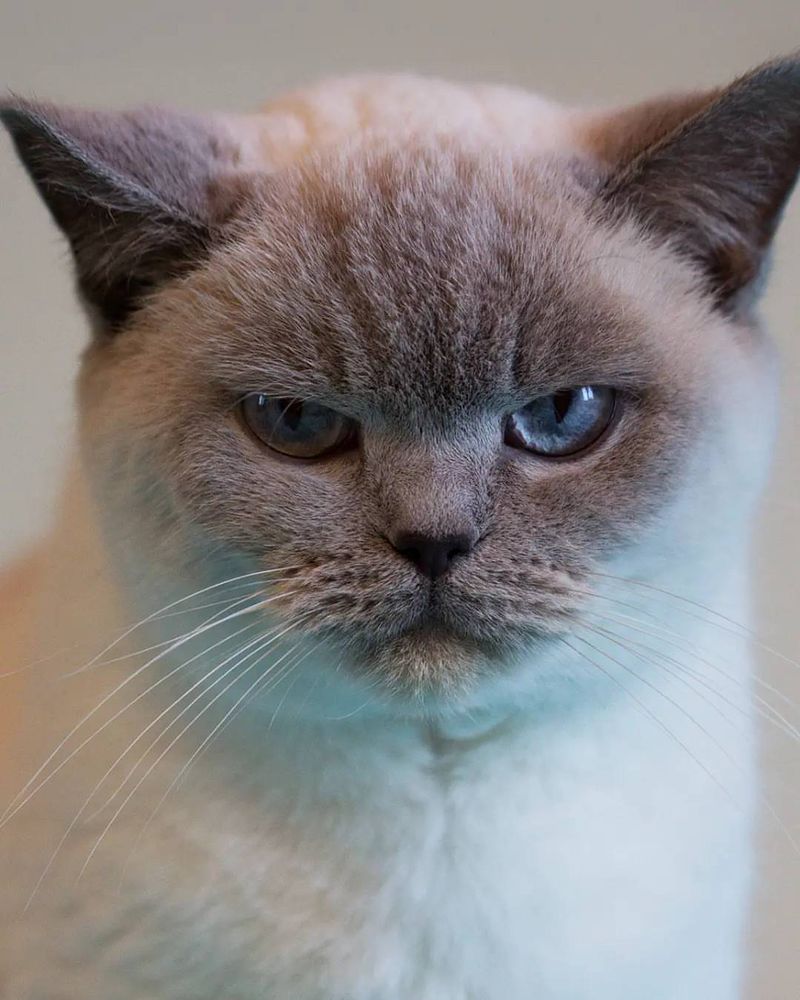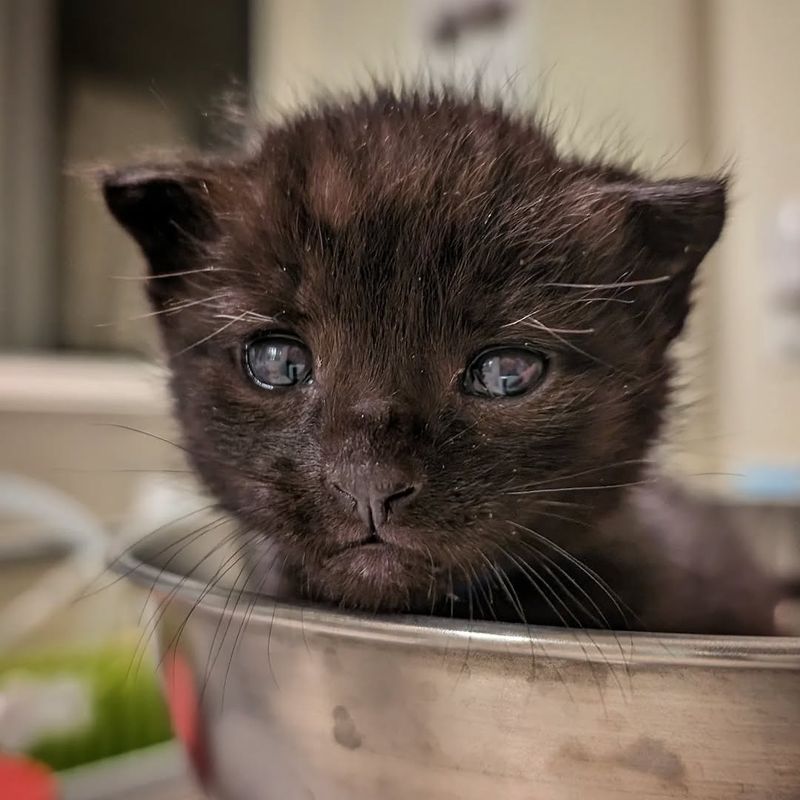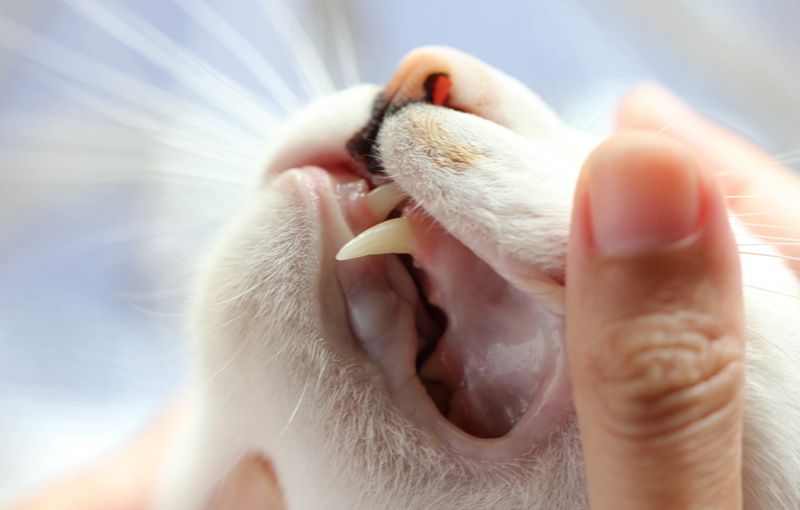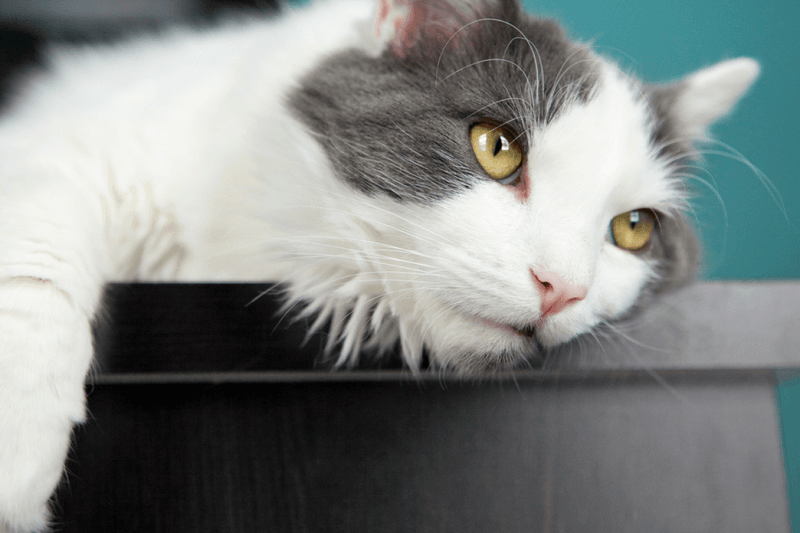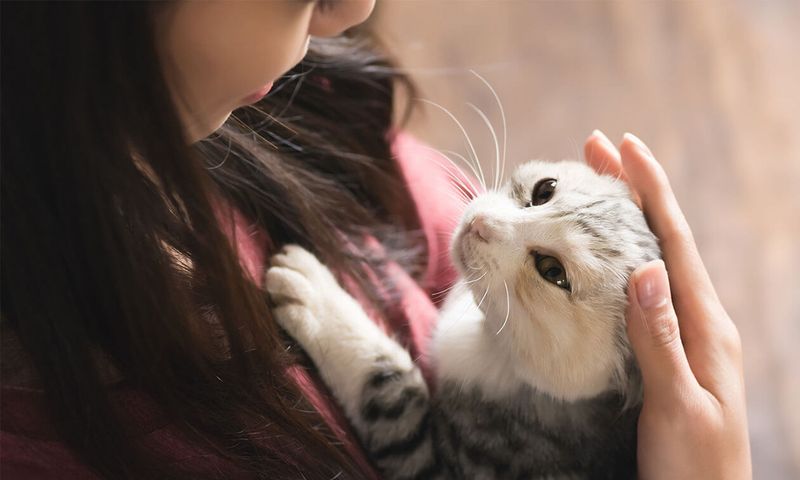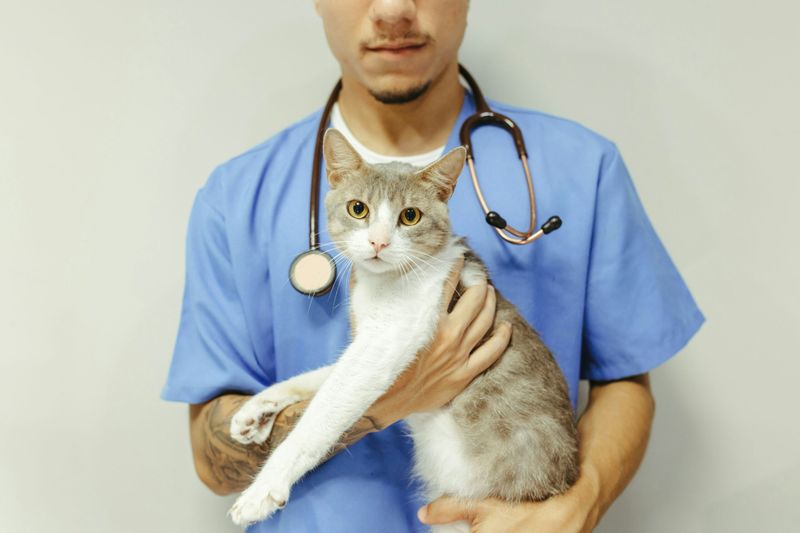📖 Table of Content:
- 1. They Rest More
- 2. They Shed Pounds
- 3. They Seem Fidgety
- 4. Their Senses Fade
- 5. Nap Time Takes Over
- 6. Their Meow Sounds Different
- 7. Grooming Slows Down
- 8. They Slow Down During Play
- 9. Their Appetite Shifts
- 10. They Get Grumpy
- 11. Their Eyes Look Dull
- 12. Dental Problems Arise
- 13. Jumping Becomes Harder
- 14. They Get Extra Clingy
- 15. Vet Visits Are More Common
As cats grow older, their behavior and physical appearance may change in ways that are not always immediately noticeable. These changes can occur gradually, making it easy to miss subtle signs that your cat is aging faster than expected. Understanding these signs is crucial for providing the best care and ensuring your cat’s comfort.
Aging can affect various aspects of a cat’s life, from their energy levels to their physical health. Some changes may be so gradual that they go unnoticed, while others might be more noticeable. Observing your cat closely can help catch these early signs and allow for necessary adjustments.
Being aware of the common signs of aging can also help strengthen the bond between you and your feline companion. Recognizing these shifts in behavior and health ensures that your cat gets the support they need during their golden years. Keep an eye out for these 15 indicators that your cat might be aging faster than you realize.
1. They Rest More
Cats are known for their love of sleep, but if your feline is spending more time resting than usual, it might be aging. Older cats often lack the energy they once had, preferring to nap in cozy spots. When awake, they may seem less interested in exploring or playing.
This increased rest time is a natural part of aging, as their bodies require more downtime to rejuvenate. Pay attention to their favorite resting places and offer extra comfort, like soft bedding or warm blankets, to make their rest more enjoyable and supportive of their aging joints.
2. They Shed Pounds
Unexpected weight loss can be a sign of aging in cats, reflecting changes in metabolism or underlying health issues. As cats age, they may eat less due to dental problems or reduced taste and smell.
Monitoring your cat’s weight is crucial to detect these changes early. Consider a vet check-up if weight loss is noticeable, as it could indicate thyroid problems or kidney disease. Ensure your cat has access to nutritious meals that cater to their changing dietary needs, and consult with a vet for dietary adjustments to maintain a healthy weight.
3. They Seem Fidgety
Increased restlessness in cats may signal aging, as they struggle with discomfort or cognitive changes. An aging cat might appear uneasy, pacing more frequently or changing positions often. This behavior can be linked to joint pain or cognitive decline, affecting their ability to settle comfortably. Provide soft bedding and gentle massages to ease discomfort.
If your cat’s restlessness persists, consult with a vet to explore pain management options or cognitive support supplements, ensuring their later years remain as comfortable and stress-free as possible.
4. Their Senses Fade
As cats age, their senses, particularly vision and hearing, may diminish. You might notice your cat becoming more startled or confused by sudden movements or noises. This sensory decline can affect their confidence and navigation around the house. Maintain a consistent environment to avoid disorientation and prevent accidents.
Use gentle vocal cues to guide them and provide extra affection to boost their confidence. If sensory loss seems significant, a vet visit can help diagnose the extent and provide guidance on managing their changing sensory needs effectively.
5. Nap Time Takes Over
Older cats often spend more time napping, which is a natural aging sign. These extended sleep sessions help them conserve energy and rejuvenate their bodies. If your cat’s nap time increases, ensure they have several comfortable spots to rest, such as sunny windowsills or quiet corners.
Monitor their sleep patterns to ensure they have restful, uninterrupted sleep, and adjust their environment to minimize disturbances. A predictable routine can support their need for extra rest, helping them stay content and healthy as they age gracefully.
6. Their Meow Sounds Different
Changes in your cat’s meow could be a sign of aging, as their vocal cords and throat muscles may weaken over time. An older cat’s meow might sound hoarser or more strained. This alteration can also be due to cognitive changes, with some cats meowing more frequently due to confusion or seeking reassurance.
Monitor these changes, offering comfort and reassurance through calm interaction. If the changes persist or are concerning, consulting a vet can rule out other health issues and provide support for your aging feline’s vocal adjustments.
7. Grooming Slows Down
Cats are meticulous groomers, but aging can lead to decreased grooming habits. If your cat’s coat appears less shiny or more tangled, it might be neglecting its grooming duties.
This change can result from arthritis or joint pain, making self-grooming uncomfortable. Regular brushing can help maintain their coat and check for skin issues. Offer gentle grooming assistance to keep them comfortable, and ensure they have a clean, accessible litter area. If grooming doesn’t improve, a visit to the vet might be necessary to rule out health concerns.
8. They Slow Down During Play
Aging cats often show less interest in vigorous play, opting for gentle interactions instead. They might tire quickly or seem disinterested in toys that once excited them.
This slowdown is due to reduced energy levels and potential joint discomfort. Encourage light play to keep them active, using toys that require minimal exertion. Adjust playtime to suit their pace, and ensure they have plenty of rest afterward. Observing their play behavior can provide insights into their health and comfort, allowing you to adapt activities to their aging needs.
9. Their Appetite Shifts
Changes in appetite or eating habits can signal aging in cats. They may become picky eaters or eat less due to dental issues or decreased senses of taste and smell. Monitoring their food intake is essential to detect changes early. Consult a vet for dietary recommendations suited to their changing needs.
Provide a variety of textures and flavors to stimulate their appetite, ensuring they receive balanced nutrition. Observing these shifts allows you to adjust their diet and prevent weight loss or nutritional deficiencies as they age.
10. They Get Grumpy
Grumpiness or increased irritability can be common in aging cats, reflecting discomfort, pain, or cognitive changes. An older cat might become less tolerant of handling other pets.
Understanding these mood changes helps in creating a comforting environment. Ensure they have quiet spaces to retreat and minimize stressors. Offer gentle interactions and respect their boundaries, promoting a peaceful atmosphere. If irritability seems excessive, a vet can check for underlying health issues and suggest ways to alleviate discomfort, enhancing their emotional well-being.
11. Their Eyes Look Dull
Cloudy eyes can be a sign of aging in cats, often linked to conditions like cataracts or glaucoma. Your cat’s once bright eyes might appear less vibrant or slightly cloudy. These changes can affect their vision, impacting their ability to navigate confidently. Regular eye checks can help detect issues early and manage them effectively.
Provide a safe environment, free from obstacles, to support their mobility. A vet can offer treatments or advice to manage eye health, ensuring your cat remains comfortable and visually capable as they age.
12. Dental Problems Arise
Dental health often declines with age, leading to problems like tartar buildup or gum disease in cats. Your aging feline might exhibit bad breath, difficulty eating, or visible tartar.
Regular dental check-ups and cleanings are crucial to prevent pain and infections. Offering dental treats or toys can support oral hygiene. If your cat shows signs of dental discomfort, consult a vet for appropriate treatment options. Maintaining dental health is essential for their overall well-being, as untreated issues can lead to serious health conditions.
13. Jumping Becomes Harder
As cats age, jumping and climbing might become more challenging due to joint stiffness or arthritis. Your cat may hesitate or struggle to reach favorite spots like windowsills or shelves. Providing ramps or steps can assist them in accessing high areas without strain. Monitoring their mobility helps them adapt to their environment to prevent injuries.
Regular vet check-ups can offer treatments or supplements to support joint health, ensuring your cat remains active and comfortable. Recognizing these signs allows you to foster a supportive space for their changing physical needs.
14. They Get Extra Clingy
Aging cats might become more clingy, seeking extra companionship and reassurance. Your cat may follow you around or demand more affection than usual.
This behavior can be comforting, reflecting their desire for security as they face aging-related changes. Offering consistent attention and affection helps them feel secure. Ensure they have plenty of cozy spots near you to rest. If clinginess seems excessive, consult a vet to rule out anxiety or health issues, providing peace of mind and a loving environment for your feline friend.
15. Vet Visits Are More Common
Older cats often require more frequent vet visits to monitor health changes and address aging-related issues. Regular check-ups can detect conditions like kidney disease, arthritis, or dental problems early. These visits provide an opportunity for vaccinations, blood tests, and overall health assessments. Staying proactive with veterinary care ensures your cat receives appropriate treatments and interventions.
Maintaining open communication with your vet helps manage your cat’s health effectively, adapting care plans as needed. Prioritizing regular vet visits is essential for your aging cat’s longevity and quality of life.
